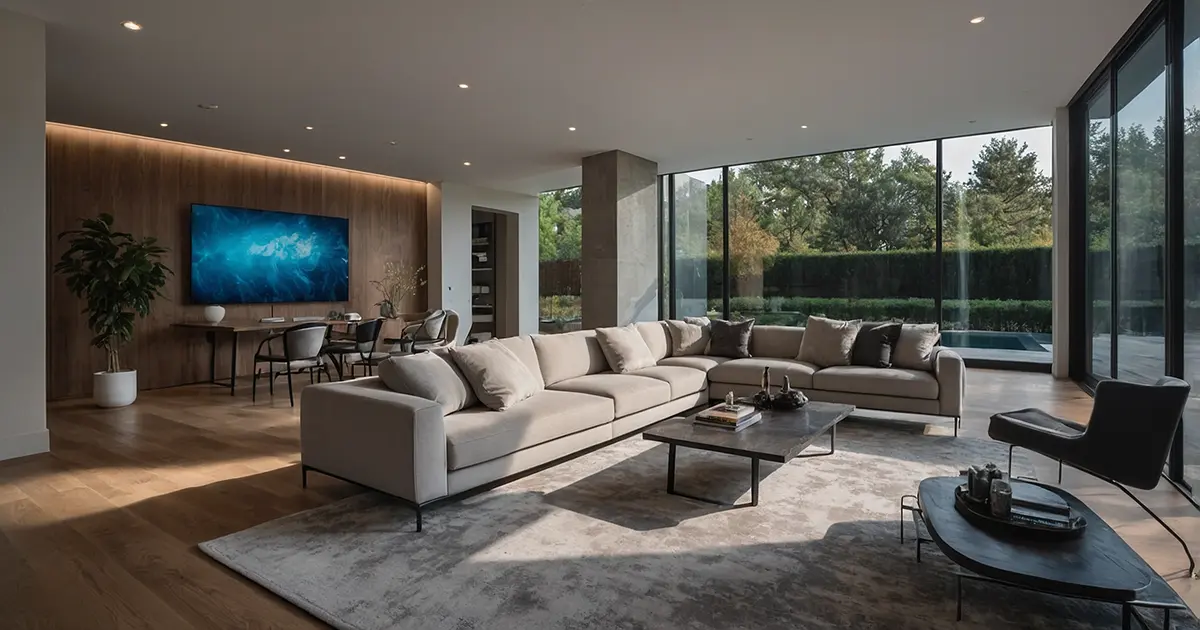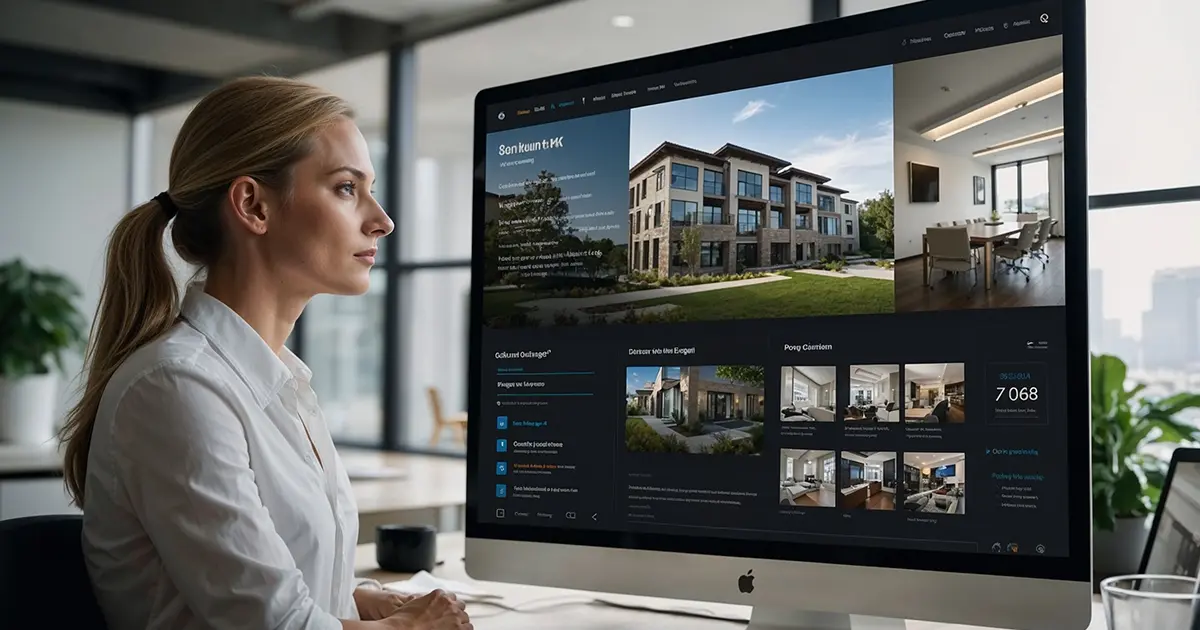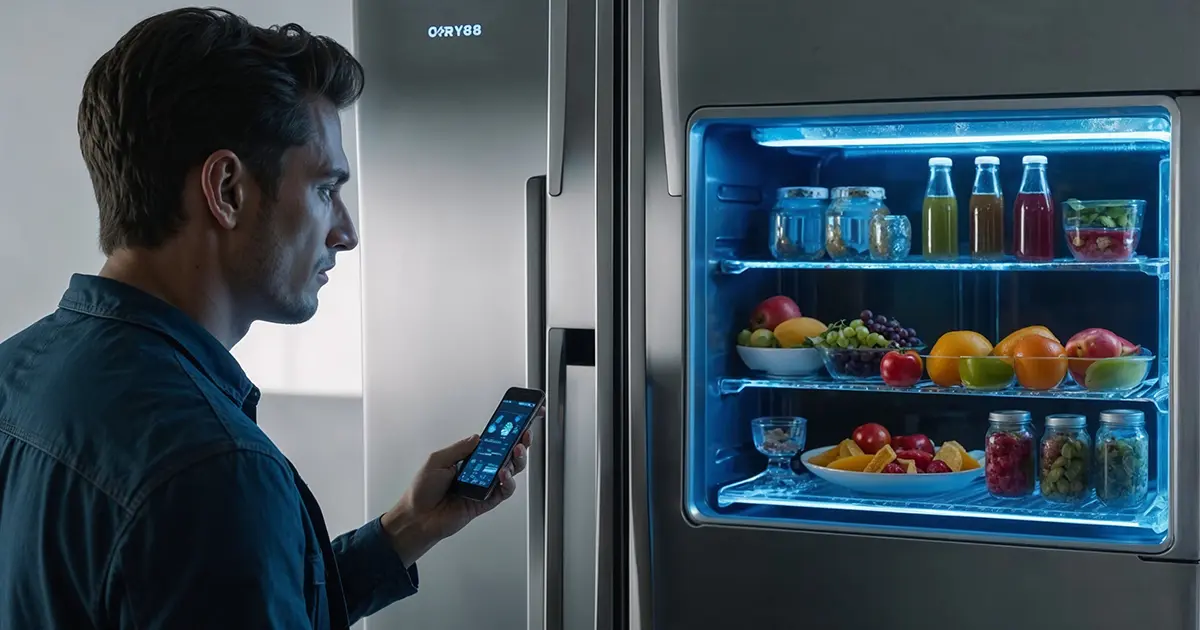How to Start a Smart Home: Easy Steps for Comfort and Security
Smart home systems make life easier, safer and more convenient. Today’s technology lets you control lighting, temperature, security, and more with your phone or voice commands. Learn how to start automating with simple steps, choose the right devices from companies like Google, Amazon, and Xiaomi, and create an efficient, comfortable space that works for you.
The Smart Home: Bringing automation to everyday life
The concept of a “smart home” began in the 1970s when the first attempts were made to automate homes. Initially, enthusiasts and technology pioneers worked with simple, often unreliable systems to control lighting, temperature, and security features. These early systems were expensive, difficult to install, and often required professional assistance. Over time, advances in technology and the integration of artificial intelligence (AI) have made smart homes more user-friendly, accessible, and capable of transforming daily life.
What makes a modern smart home? An Overview of key technologies
Today’s smart home is a comprehensive network of interconnected devices designed to improve comfort, security, and efficiency. Unlike early systems that primarily controlled individual functions, a modern smart home ecosystem includes a range of intelligent devices that can “talk” to each other and adapt to your needs. Companies like Google (Nest), Amazon (Alexa and Echo), and Apple (HomeKit) are leading the way in home automation, each offering solutions that can control lighting, heating, and security while adding energy-saving options.
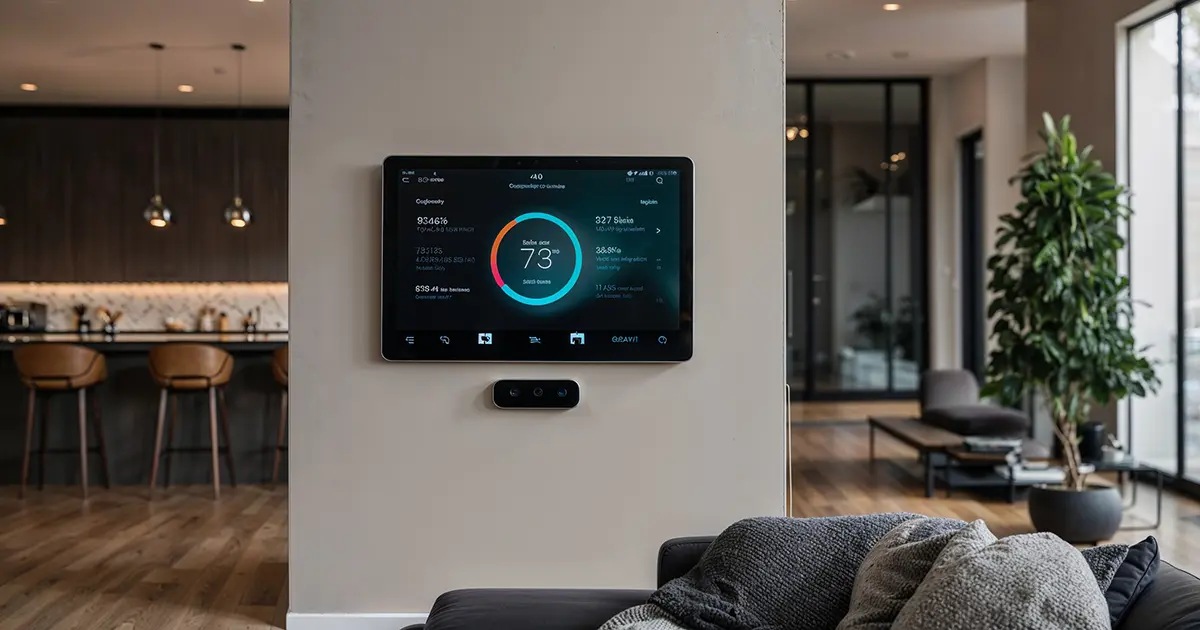
These systems allow you to control the functions of your home remotely using a smartphone or voice commands. Imagine turning off the lights, adjusting the thermostat, or even locking the doors with a voice command or a tap of your phone. European companies like Siemens and Bosch offer reliable solutions known for their quality and longevity, though they may be more expensive than some alternatives. In contrast, Chinese brands like Xiaomi and Aqara offer affordable smart devices that cover a wide range of functions, from security cameras to environmental sensors, making automation accessible on a budget. Ultimately, smart home technology offers both convenience and savings, allowing users to reduce energy consumption and lower monthly costs.
Smart home applications: Improving daily life
Implementing smart home technology can change daily life in many ways. For example, smart thermostats (such as Nest and Ecobee) learn your preferences and adjust heating or cooling accordingly, reducing unnecessary energy consumption. This not only increases comfort, but also leads to potential savings on utility bills. Similarly, smart security systems from brands like Ring and ADT offer features like motion detection, remote monitoring, and real-time alerts to ensure your home is safe whether you’re on the premises or miles away.
Choosing the right technology for your home
When choosing devices, it’s important to consider factors such as compatibility, ease of use, and customer support. To help, here’s a quick comparison of the major players in smart home technology:
- Amazon Alexa/Echo: Wide range of compatible devices, reliable, integrates well with third-party apps.
- Google Nest: Excellent for integrated ecosystems; strong voice recognition.
- Apple Home: Strong privacy features, seamless with other Apple devices, but limited compatibility.
When choosing between vendors, it can be helpful to weigh the options on a “price/quality” scale, balancing the investment against your specific needs.
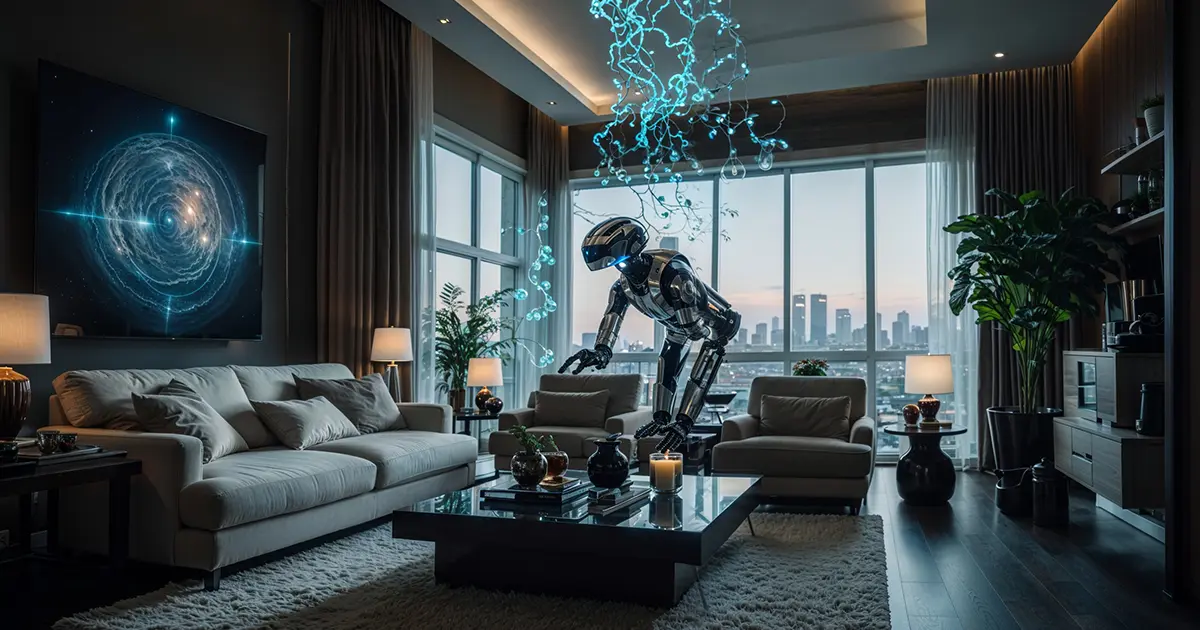
Getting started: First steps to smart home automation
If you’re just getting started, start with a few core devices and expand as needed. Consider starting with:
Key tips for setting up a smart home
- Check for compatibility: Make sure the devices work with your chosen ecosystem (Alexa, Google, HomeKit).
- Wi-Fi quality: A strong connection is key; consider a mesh system for consistent coverage.
- Firmware updates: Regular updates improve security and add new features.
These steps will help you create an intelligent environment that fits your lifestyle without overwhelming you.
How to download essential smart home management apps
To get started managing your smart home, download key apps to your phone:
- Google Home (Android/iOS): Controls Nest, Philips Hue, and other Google-compatible devices.
- Amazon Alexa (Android/iOS): Connects to Amazon Echo devices and a range of compatible products.
- Apple Home (iOS): Manages HomeKit devices, ideal for privacy-conscious Apple users.
Each app offers an intuitive interface to help you add and control new devices, find tutorials, and view support guides. Most brands also offer setup videos on YouTube or within the app itself.

Steps to start automating your home: Practical tips and cost breakdown
If you’re ready to start automating your home but don’t know where to start, focus on a few beginner-friendly steps. Start with a smart speaker or assistant like the Amazon Echo (Alexa), Google Nest (Google Assistant), or Apple HomePod (Siri). These devices can help you manage everything from your lights to your thermostat. Smart speakers cost between $40 and $100, depending on the brand and model. Once you have a central assistant, consider adding smart lighting. Brands like Philips Hue and Wyze offer starter kits for $50 to $200 that let you remotely control your lights, adjust brightness, and save on energy bills.
After lighting, move on to smart plugs (from brands like Kasa or TP-Link), which range from $15 to $30 per plug. These allow you to control appliances like coffee makers, lights, and fans. For temperature control, smart thermostats from Nest or Ecobee are great options, typically costing between $130 and $250. They automatically adjust to your schedule, helping you save on heating and cooling costs over time.
Maintenance Tips:
Smart home systems require minimal maintenance, but benefit from occasional updates to keep them secure. Check for firmware updates through the app you use to control your devices-these updates improve performance and protect against potential security issues. Test your devices regularly to make sure they’re working properly, especially security-related devices like cameras and sensors.
For support, many brands offer in-app troubleshooting, online tutorials, and even customer service to help with setup and ongoing use. Getting started may seem overwhelming, but each device is a step toward a more efficient, comfortable, and secure living space. With a modest budget of $200 to $500, you can have a basic smart home system that’s easy to expand in the future as you become more comfortable with automation.
Improve your quality of life with smart home technology
With smart home technology, you’ll experience the benefits of automation firsthand. Imagine your morning coffee brewing automatically when you wake up, lights adjusting based on natural sunlight, or your home monitoring itself for intruders. These improvements increase safety, reduce time spent on routine tasks, and make life at home both comfortable and efficient. Starting your journey with automation can be a small step toward a smarter, more connected home.

